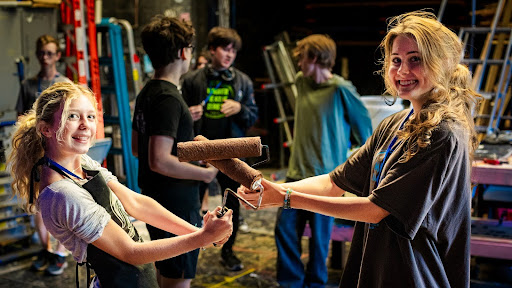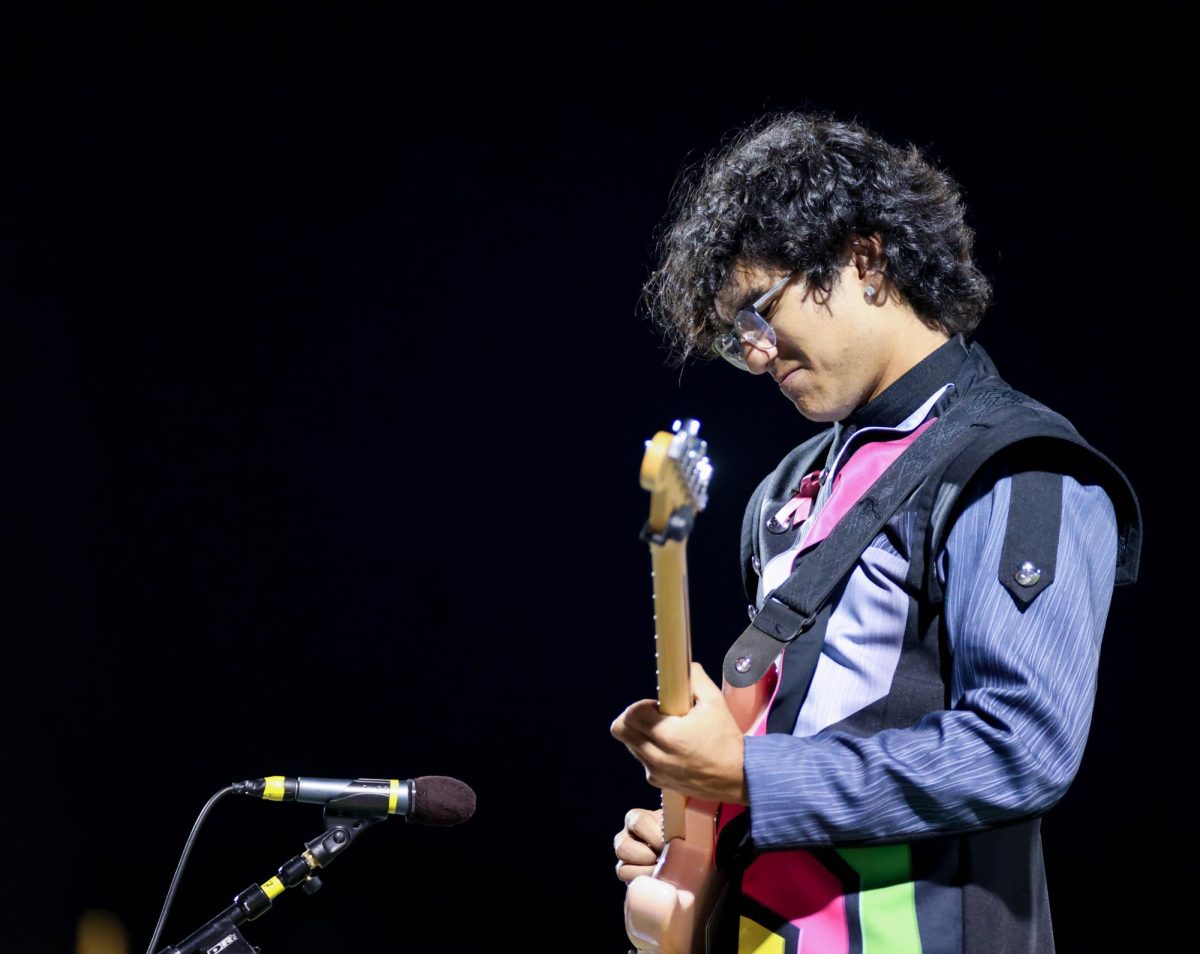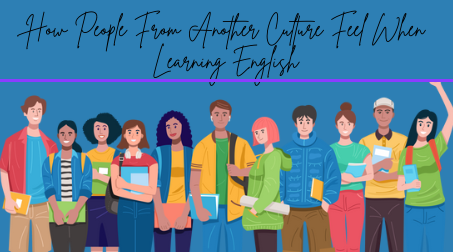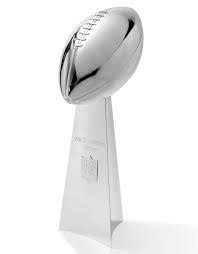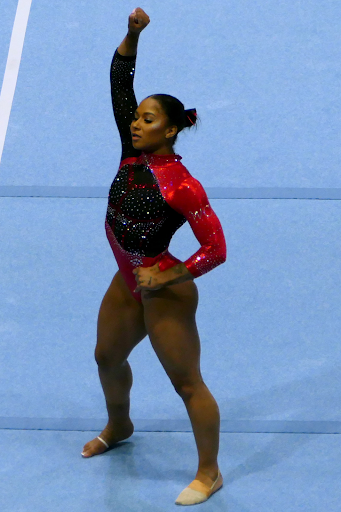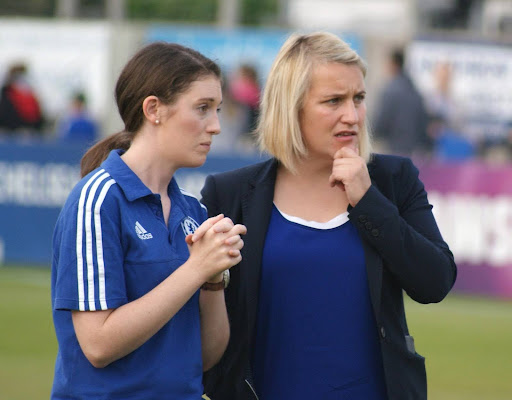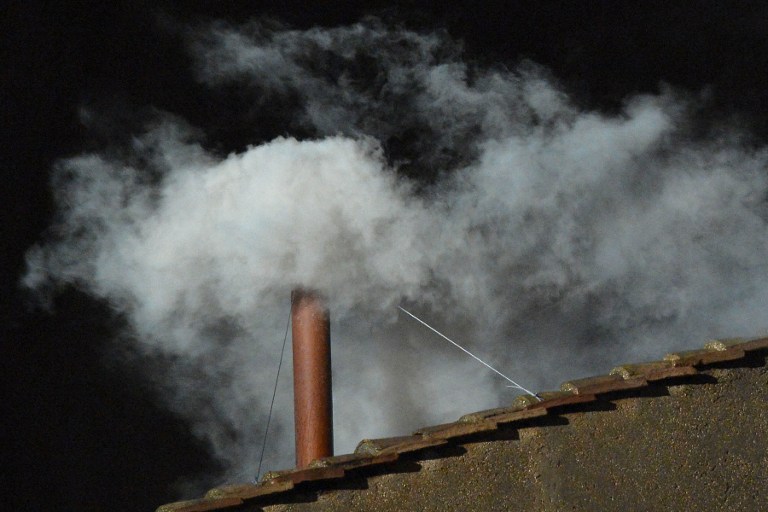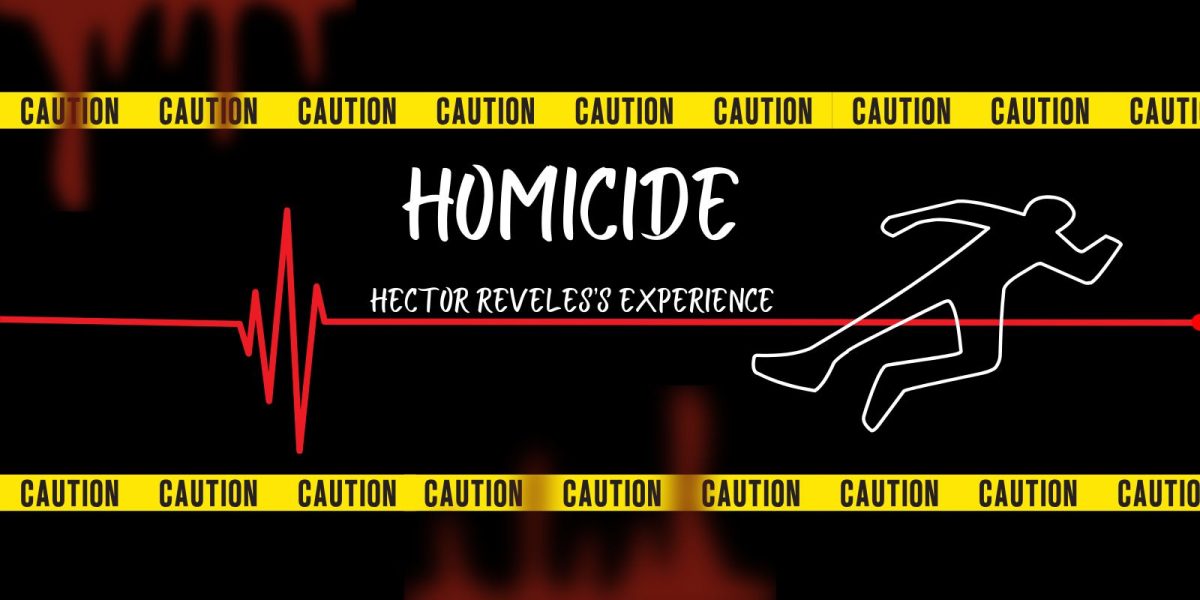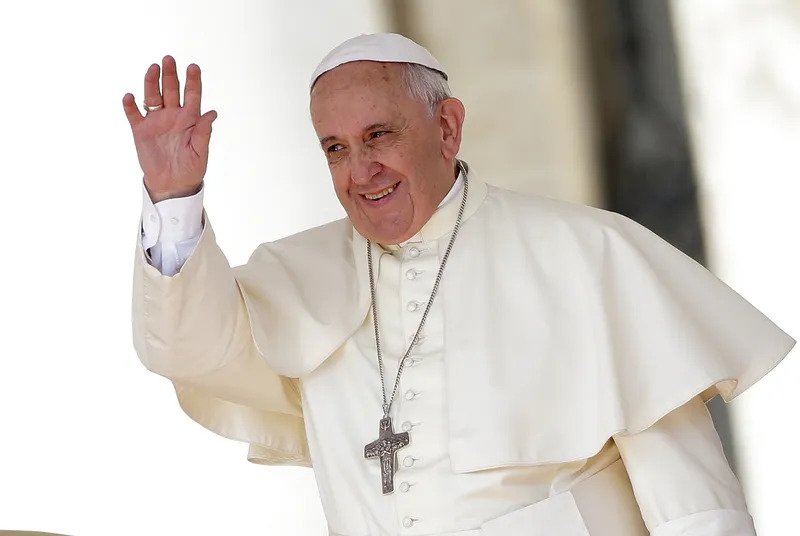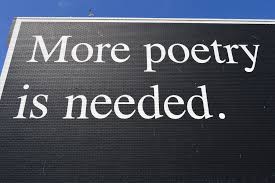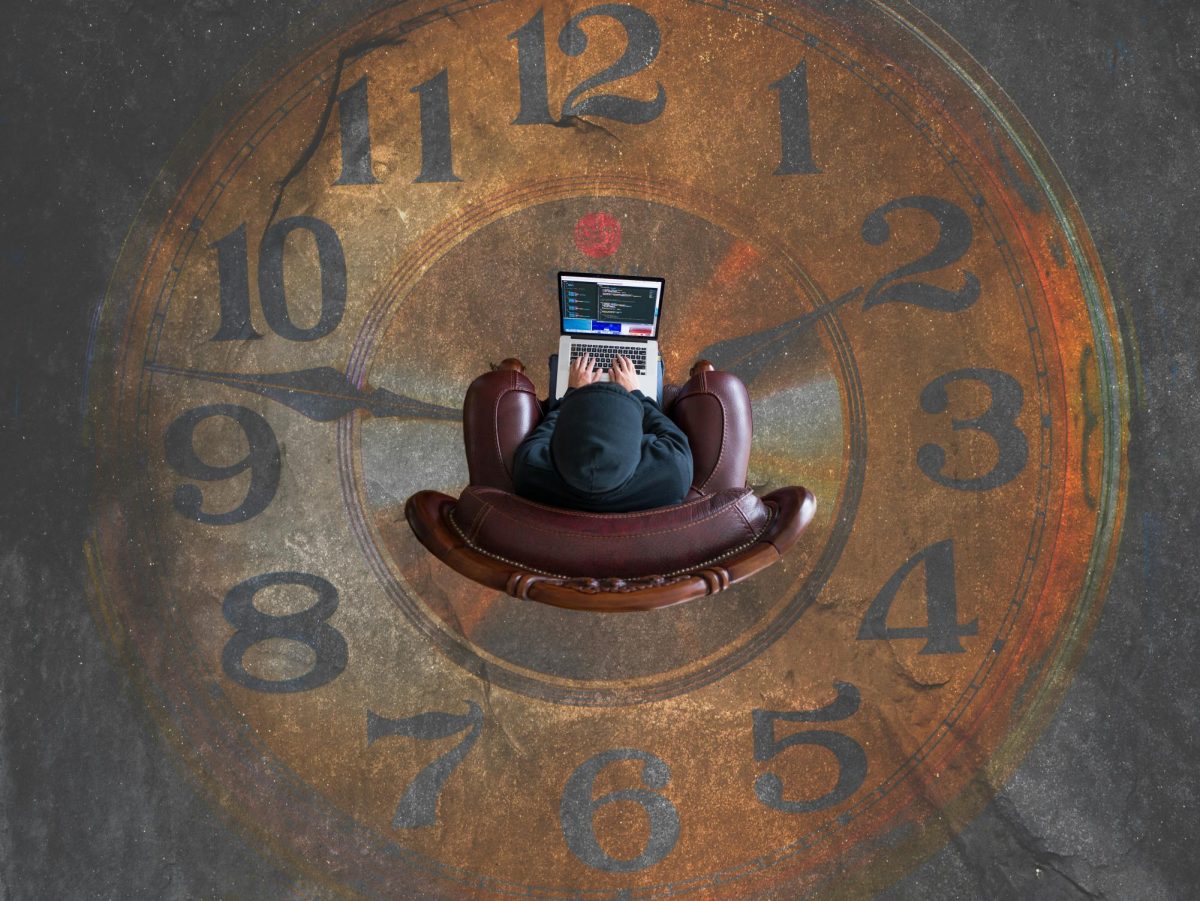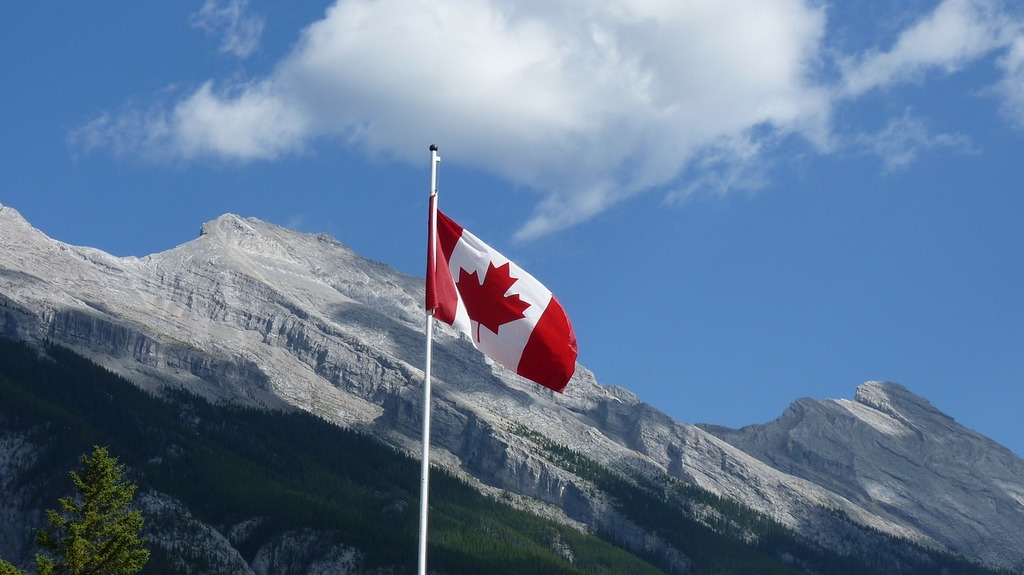Over the weekend, newly elected Liberal Party leader and Prime Minister of Canada for 10 days, Mark Carney, called a snap election. This snap election, which will be held on April 28th, comes during rising tensions between Canada and the United States over trade-related issues as well as the stepping down of former Prime Minister Justin Trudeau, also a Liberal Party member.
With a Parliament that doesn’t have a singular party having a 50 percent or more majority, Carney – up against the Conservative Party’s Peirre Poilivere and the New Democratic Party’s (NDP) Jagmeet Singh as prime minister candidates, – seeks to extend the Liberal Party’s decade long control of Canada since Justin Trudeau’s election, beating out Steven Harper and the Conservative Party in 2015. The Bloc Québécois (BQ), Green Party, and People’s Party of Canada are also vying for seats within the parliament as all 343 seats in the Canadian House of Commons are open.
Mark Carney, a somewhat controversial figure in the Canadian political sphere, won the Liberal Party’s leadership election and will be the head of the party as well as the Prime Minister of Canada going into the April 28th elections. Carney, who has never held a political office prior to the Liberal Party leadership election, was the Deputy Governor of the Bank of Canada in 2003 and the Governor of the Bank of Canada. However in 2012, he was appointed as the Governor of the Bank of England and took office on July 1st, 2013. This was seen as a betrayal by many Canadians due to the sometimes heated relationship between Canada and their once colonial owners the United Kingdom. Carney returned to politics after the resignation of Trudeau’s finance minister, Chrystia Freeland, and Trudeau himself. Carney seeks to push back on the current Trade War on the North American continent, highlighting Canada’s uncommon nationalism coming from the left. Carney also seeks to advocate for the environment to include sustainability, a cap on current immigration numbers to help sustain Canada’s housing and healthcare markets, and to overall ensure Canada’s economy keeps growing.
On the other side of the aisle, Canada’s second-largest party seeks to become the majority government in Ottawa for the first time in 10 years. Pierre Poilievre, a Conservative MP hailing from Ontario and leader of the Conservative Party since 2022, has been a favorite among many to win the election. The Conservatives, polling over 15 percent of the Liberal Party in some polls, have seen a mass dip in percentage points in subsequent polls since the resignation of Trudeau, with many polls now saying the Liberal Party has a healthy lead. Nevertheless, as 2016, 2024, and even to some extent 2022 have shown us back home in America, the polls can and have been wrong, so this election is still very much open for all parties. As for policies, Poilievre and the Conservatives seek to keep Canada strong in the wake of the Trade War between it and the United States. He also seeks to cut taxes in the country. Additionally, the party seeks to implement tough-on-crime sentences, such as life sentences for fentanyl traffickers, increased jail time for repeat offenders of human trafficking (of 5 cases or more) and illegal weapons trafficking (of importing/exporting 10 or more arms), and reform some bail practices per CTV.
Canada’s third-largest party, the New Democratic Party (NDP), also seeks to bolster its seat numbers in this election. The NDP, a party left of the Canadian Liberal Party and led by Jagmeet Singh, is on an upward battle due to NDP voters, who want more liberal policies, being more inclined now to possibly vote Liberal to consolidate the vote to ensure a Conservative Party government doesn’t materialize. Two smaller parties, the Green Party led by Elizabeth May and Johnathan Pedneault and the People’s Party of Canada led by Maxime Bernier, are expected to pick up some votes in this year’s elections. The Greens, a left-wing party focusing on environmental issues, has only one seat in the Canadian Parliament, one of Vancouver’s, taken by MP Elizabeth May. The People’s Party of Canada on the other hand, a relatively new party founded in 2018, seeks to secure at least one seat in the Canadian Parliament. The party is an offshoot of the Canadian Conservative Party and campaigns on general Right Wing Populism policies.
Results come out today, April 28th, with the first polls closing at 5:30 p.m. CST for Newfoundland and Labrador while the bulk of polls close at 7:30 p.m CST.



